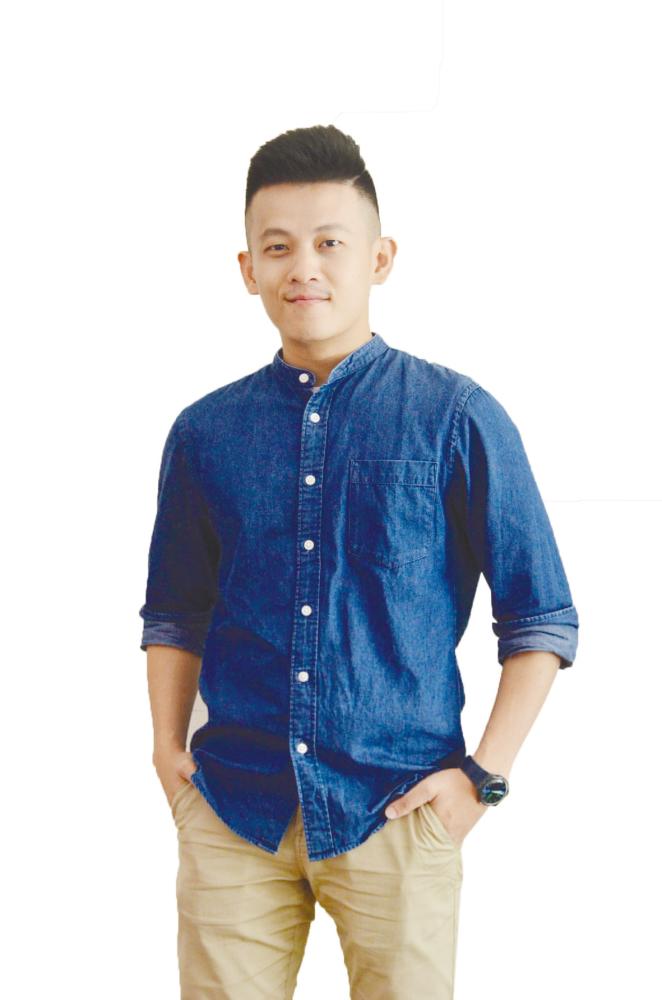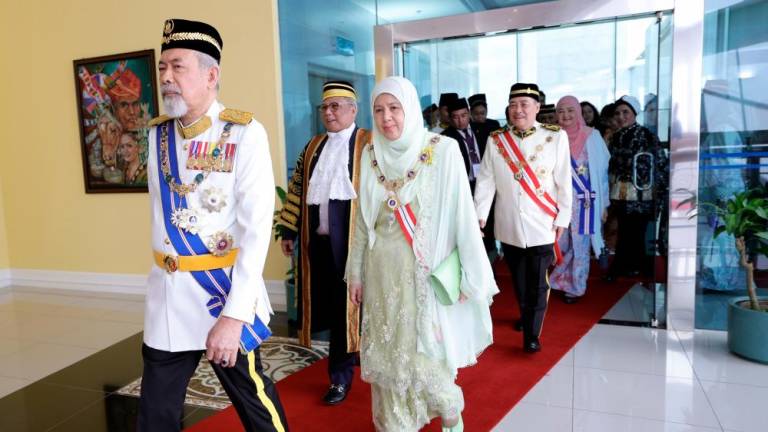LIFE has changed since the Covid-19 pandemic hit the country. Most Malaysians have been working from home or picking up new skills for the past 20 months while under several movement control order periods.
Home is the hub of activities. However, designing homes has become very challenging, especially for professional designers during the pandemic.
theSun spoke to two interior designers to find out about the work problems they face during the pandemic.
“It is very challenging. Basically, most of our projects are suspended and we cannot do much),” said Lim Bo Qiang, the founder of Paperworks Studio and furniture brand Basicology.
“People are still undergoing adaptation and acceptance.”
Lim said he continues to focus on the practicality, functionality and sustainability of interior design.
“During this period, we tend to focus on how to do more with less and we are also adapting to the change,“ added Lim.
Managing director of Anwill Design Steve K.R. Lee said he faces similar challenges.
“When it comes to delivering our services and during design discussions, we have to convert physical appointments to online meetings.”
But he said this has freed up more time for his team to process design proposals.
New lifestyle, new design
Because people spend more time at home than anywhere else, designers have to add new elements to the designs or allocate space to cater to the needs of the new norm lifestyle.
“Firstly, we try to understand what is the new lifestyle. The first few findings suggests that, obviously, we are spending more time indoors. Another change is working habits. People tend to work remotely. This is a new habit,” said Lim.
According to Steve, more people work from home and need home-offices included in the design.
“The pandemic has broken the old lifestyle, many people have to move their work stations from office to the home to reduce physical contact. Therefore, in most of the projects we currently deal with, we create places where people can work from home,” said Steve.
“Our main approach is to improve the living space through design and decorations as the time spent at home is relatively longer. It also helps to elevate the quality of life and release the pressure caused by the pandemic,” he added.
Although most people work from home, Lim wanted to find out if Malaysians would really prefer to include a home office in their design.
He conducted an online survey through social media and response was split 50/50.
“People may work from home but not formally as in the office. Whether they require a home-office depends on their personal preference or lifestyle, how they work and their changing behaviour.”
He said it is not necessary to look for a more formal or professional home-office. In fact, it could be something designed in a casual style. He believes it is better to have more compact space planning instead.
“We do not need a specific place for work but it is ideal to have space planning for the house, because a family which spends more time in the house tends to appreciate more interaction and bonding. We look into arranging or dividing the spaces into private, semi-private and open space,” said Lim.
Incorporating new technology
Apart from new elements, homeowners may have to consider products or cleaning appliances, which could enhance a hygienic environment.
“We expect that the future lifestyle will be full of technology and artificial intelligence. Even now, we incorporate the concept of a smart home into our designs to enhance the lifestyle and further improve the quality of life,” said Steve.
“In addition, the way of presenting a design is also an important part that we have always insisted on. We hope the presentation can be further improved in the future to enhance the visualisation of overall design ideas so that consumers can experience and feel the entire design conveniently,” he added.
For Lim, designing in current times indirectly means shaping the lifestyle for the next 10 years.
The main consideration would always be safety and space efficiency, apart from hygiene, which has become an important factor in the current lifestyle.
Lim said designers need to consider the choice of material used, which has to be simple and low maintenance, how it needs to be cleaned, especially furniture or kitchen cabinets, before including them in the design.
“We have to understand that technology evolves,” he said.
According to him, a company in Italy has invented fabrics that are virus or bacteria-resistant. The technology is still new in Malaysia and its use would also depend on acceptance locally.
“We need to educate clients on the transition into the new normal lifestyle. We also need to influence Malaysians on accepting high technology items.
In the future, there will be new and improved items such as fancy face masks. Even sanitiser dispensing machines, that were bulky and space-consuming, has seen an evolution.
Lim said designers would have to look into incorporating technology into smart home solutions, such as to sanitise or sterilise the living space using ultra-violet lights.
He cited an idea being developed in the United States, a small device or detector that is installed on the ceiling and functions like a motion sensor and constantly detects and eliminates viruses.
Lim added that more importantly, Malaysians must be ready to pay a higher price to acquire such advanced technology.













